“HazardHub is the backbone of our data that drives underwriting decision making and pricing within our products.”
Ryan Jesenik
Chief Operating Officer

Improve underwriting profitability with the industry’s most comprehensive hazard risk analytics data, powered by property risk scores and enriched with detailed property risk data to deliver measurable ROI:
• 2% improvement in loss ratio
• 7% increase in premiums earned
• 1.4% reduction in expenses





Access 1,250+ data points and 50+ peril scores for personal and commercial properties across the United States, Canada, and 19 additional countries, available as a standalone solution or seamlessly integrated into existing core systems from Guidewire, such as InsuranceSuite, or other third-party vendors.
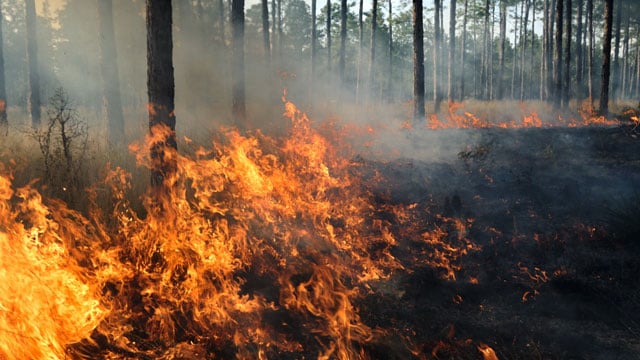
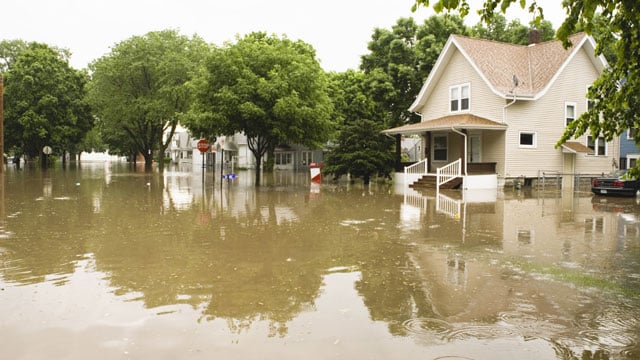
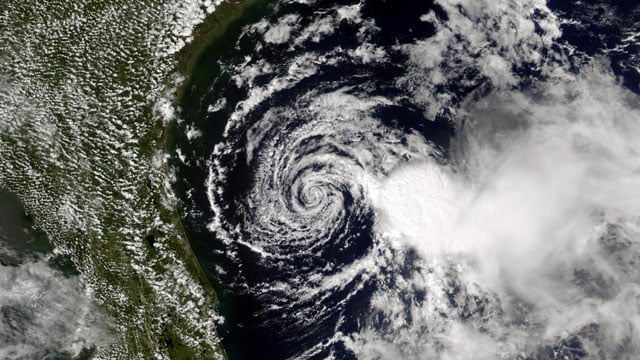
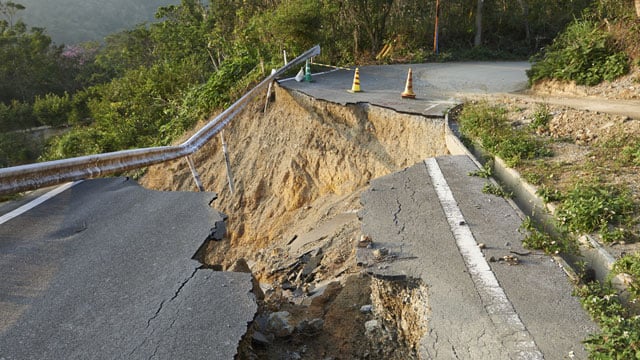
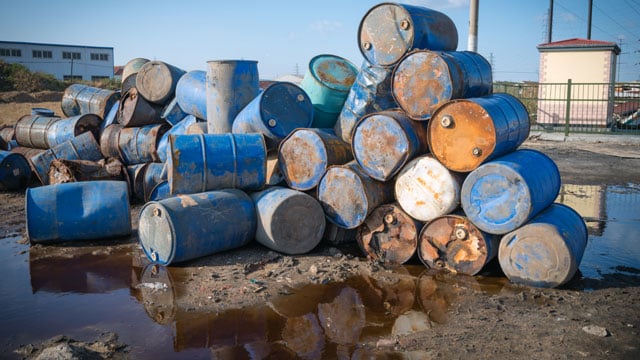

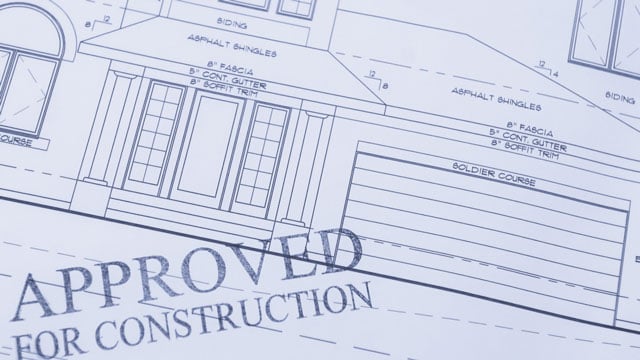

HazardHub allows P&C insurers to underwrite faster and more accurately while improving pricing for personal and commercial property insurance.
Primary hazards from natural phenomena and severe weather events
HazardHub delivers comprehensive natural hazard assessments using advanced meteorological data, historical event analysis, and climate insights. These detailed risk scores enable insurers to assess exposure across multiple perils with precision, supporting portfolio management and risk selection and pricing precision or by-peril rating.
HazardHub’s wildfire risk solutions help insurers meet California's Wildfire Regulation 2644.9 by delivering more precise, actionable property-level insights. Enhanced Wildfire Hazard Modeling provides 7 times more geographic granularity using 26-acre hexagons to better pinpoint local risk. Fire Suppression Score uses a validated loss model to differentiate protection class and enable more refined pricing decisions. Exclusive datasets of over 54,000 verified fire stations (with drive-time metrics) and the largest U.S. fire hydrant database support accurate risk assessment and underwriting. Together, these tools empower insurers to price fairly, manage exposure confidently, and strengthen resilience against growing wildfire threats.
HazardHub’s wind risk solutions provide precise scoring and historical data across multiple wind-related hazards, strengthening underwriting and pricing decisions. Analyze wind speed, barometric pressure, and the storm history of hurricanes to assess localized risk. Tornado risk scoring includes past tornado paths, impact radius, and damage levels, helping carriers better understand unpredictable, high-severity events. Hail risk is evaluated using historical hail data and proximity-based damage modeling, a key factor in roof replacement costs. Windstorm (derecho) risk is scored using event history and wind ring parameters, allowing insurers to evaluate exposure to one of the most common, and costly, wind threats.
Data includes:
Location-based risks and environmental conditions
HazardHub leverages high-resolution geospatial data and terrain analysis to assess property-specific environmental exposures. These location intelligence capabilities support risk-based pricing and help insurers identify emerging risks from changing environmental conditions and development patterns. Data includes:
Risks related to public safety infrastructure and emergency response capability
HazardHub maintains verified databases of emergency services infrastructure, providing real-time proximity analysis and response capability scoring. This data supports risk mitigation credits and helps insurers understand protective safeguards that reduce loss severity in covered events. Data includes:
Risks from pollution, contamination, and hazardous materials
HazardHub integrates federal and state environmental databases to identify contamination exposure and hazardous material risks. These assessments help insurers evaluate potential liability exposures and support environmental risk underwriting for commercial and residential properties. Data includes:
Human-related risks including crime and regulatory licensing factors
HazardHub analyzes socioeconomic indicators and regulatory environments to assess human-related risks that impact property exposure. These insights support community risk scoring and help insurers understand correlations between social factors and loss patterns across different market segments. Data includes:
Property valuation and reconstruction cost modeling
HazardHub provides replacement cost estimation using current material costs, labor rates, and construction specifications. These valuations support accurate coverage limits and help insurers avoid underinsurance issues while ensuring competitive pricing in dynamic construction markets. Data includes:
In addition to the estimated costs, you can view and also provide inputs for the key data that drive the estimates.
Building permits and property modification tracking
HazardHub provides access to a nationwide permit database to track property improvements, additions, and renovations that affect risk exposure and replacement costs. This data enables dynamic policy adjustments and helps insurers identify coverage gaps or valuation changes throughout the policy period. The data can also be used both a) as an independent verification point and b) in a renewal workflow alongside the midterm triage. Data includes:
Detailed property attributes and structural specifications
HazardHub delivers comprehensive property intelligence through verified MLS (Multiple Listing Service) and assessor data. These detailed characteristics enable precise risk assessment and support usage-based underwriting models that align coverage with actual property features and occupancy patterns. Data includes:
HazardHub data is delivered via a lightning-fast API, integrated with Guidewire apps, and through our web products.
With the API, you can use the product standalone or plug the data into your policy admin system. Most developers have the API up and running in 15 minutes. You can get data to your internal teams in minutes, not weeks.
With Guidewire PolicyCenter and InsuranceNow integration, your underwriters can use the data directly within their Guidewire workflows. There's no custom IT work needed. Just tell us to turn the data on.
Need custom-branded, easy-to-read risk reports to send to customers? Want to help your customers identify risks around their properties? Get branded detailed risk reports at agentriskview.com.
Curious to know risks around your home and what insurers see when determining your property risk? Get free property risk assessments at freehomerisk.com.
Get access and analyze risks with 10 free API calls per day.
All fields are required
HazardHub data is used throughout the customer journey to improve decision-making.




